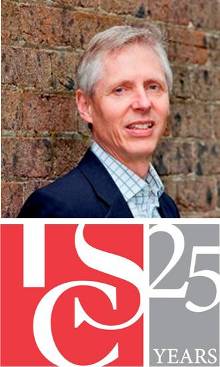Now however, with the trade in
ivory so tightly controlled under the CITES convention,
the search for and trade in mammoth tusks are very much back on the agenda, as
they are not subject to CITES.
That in itself is not such a problem,
but as one of our papers at the recent International Polar Heritage Committee's conference
showed, the searchers tend to look for concentrations of mammoth ivory. With
almost 100% probability, any concentration typically means it is an
archaeological site, as human activity has led to a mass accumulation of
bones.
And the searchers are not remotely
interested in what the sites can tell us. The Siberian Berelekh 'mammoth graveyard' does not exist anymore after the bone bearing deposits were washed out by
mammoth ivory hunters, and the Yana site which contains the oldest evidence of human habitation
in the Arctic dating to 25,500 - 26,000 BC has already been seriously
damaged by the mammoth hunters. The process followed uses high pressure
water pumps to wash out the frozen river bank, including tunnelling into the
bank and causing mass collapse, erosion and loss of critical parts of the site.
Take a look at these photos of the process in operation - not exactly best
archaeological practice!




